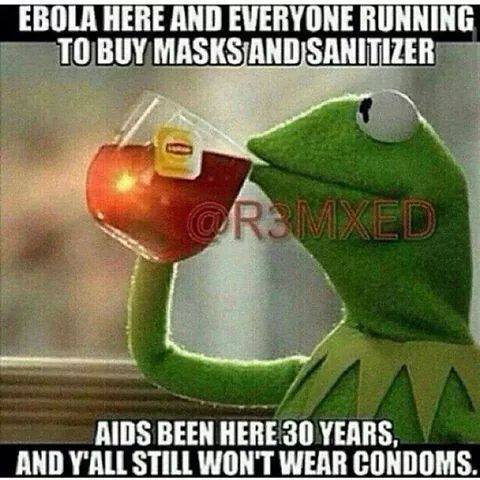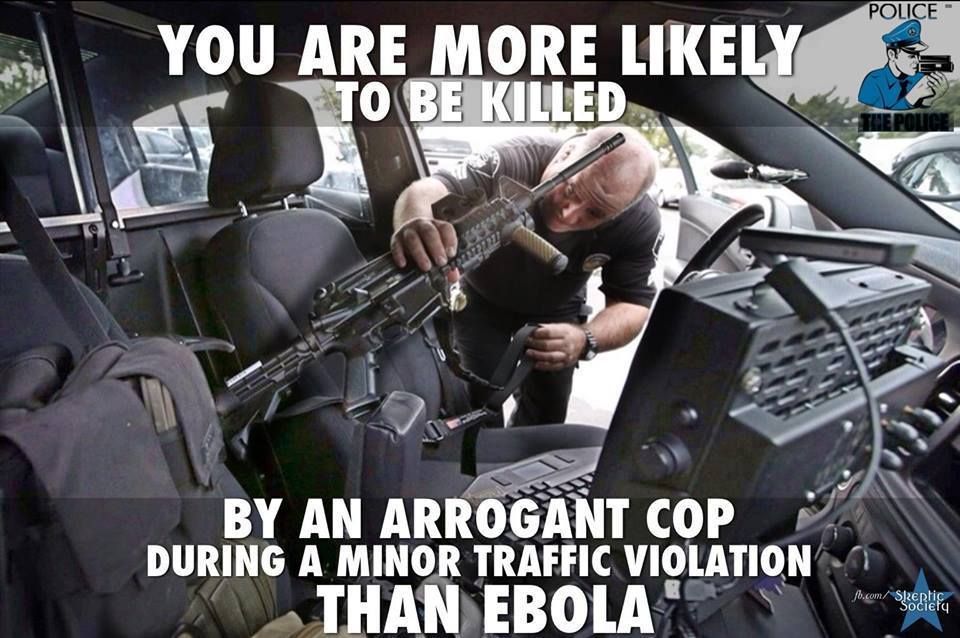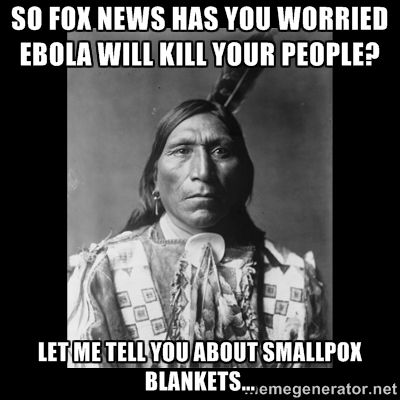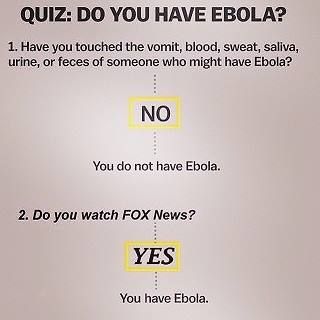Bushmeat Travels: Ebola in a Suitcase
Global wildlife trade contributes to the emergence and spread of infectious diseases. As the world’s largest importer of wildlife and wildlife products, the United States has minimal pathogen surveillance to rule out zoonotic agents from wildlife confiscated in airports. Illegal bushmeat imported into the United States is a conduit for the spread of pathogens, including the Ebola virus.
The tragic Ebola outbreak highlights the massive risk that zoonotic diseases, which transfer from animals to humans, pose for our society. Chimps share 98% of our genetic make-up. They are intelligent and social beings who form strong family bonds, protect each other from harm, and nurture their young. Because of our genetic similarity, Ebola has also devastated the chimp and gorilla populations.
In Africa, the forest is called the "bush" and wildlife, "bushmeat," including threatened and endangered species such as elephants, gorillas, chimpanzees, antelopes, and crocodiles. Habitat loss, often cited as wildlife’s primary threat, ranks second to commercial bushmeat hunting and trading, which pose a more significant and immediate threat to wildlife around the world. The growing logging industry, with its infrastructure of roads and trucks, links forests and hunters to cities and customers, further expanding the commercial bushmeat market and spread of diseases.
In 2007, the World Health Organization (WHO) warned that infectious diseases are emerging at a rapid rate. New viruses appear while older viruses genetically change, recombine with other pathogens, or evade our immune system (e.g. swine and bird flu of the past decade). Approximately 75% of new diseases in humans are spread by contact with animals.
This bushmeat crisis is also a human tragedy. Bushmeat consumption is linked to deadly diseases such as HIV/AIDS, SARS, and Ebola. Viral chatter occurs when a virus jumps from a wild animal to a person. After entering the human body, the virus mutates, making transmission easier and more deadly. By monitoring viral chatter, scientists can discover trends earlier and prevent future diseases like Ebola from infecting humans. The tragic public heath story of HIV also originated from a virus that transferred from animals to humans via bushmeat. Scientists now postulate that humans contracted HIV by eating a Sooty Manguebey monkey infected with Simian Deficiency Virus (SIV). After mutating, SIV became HIV.
Global viral forecasting is more important today than ever before. When people travel, bushmeat travels with them in luggage or an ice cooler, thereby spreading viruses. According to a 2011 report by Government Accountability Organization (GAO), 55 million pounds of bushmeat enters the United States illegally each year.
There are only a few U.S. Fish and Wildlife Service (USFWS) agents working at airports, so very few pieces of luggage are screened. Other agencies responsible for enforcing import restrictions are the Food and Drug Administration (FDA), from a human health view; the U.S. Department of Agriculture (USDA), from an agricultural view concerned with animal diseases; and U.S. Customs and Border Protection (CBP), responsible for coordinating all four agencies.
Despite the fact that four agencies enforce import restrictions on illegally imported animal products, viruses still travel into the United States via bushmeat hidden inside luggage. These agencies need better protocols to work together efficiently.





